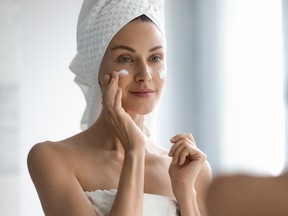Article content It used to be that cosmetics were sold for what was in them. Creams and lotions would hype their copper peptides, antioxidants, collagen, bull semen, ambergris (whale regurgitation), caviar, placenta extract, crushed pearl, snake venom or nightingale poop. Yes, snake venom and nightingale poop! A synthetic version of the venom of the Temple Viper is used in some exotic creams because of its ability to paralyze facial nerves à la Botox, albeit not as effectively.
Nevertheless, it has some effect at smoothing out wrinkles. And the nightingale poop? That is a traditional ingredient in creams used by Japanese geishas, supposedly because the uric acid content does wonders for the skin and guanine adds a pearly shine. That’s the way things used to be.

These days you are just as likely to see a product advertised not for what it contains but for what it does not. No parabens, no mineral oil, no preservatives, no gluten, no propylene glycol and the ultimate absurdity, no chemicals. This “no” craze is generated by a plethora of books and websites that claim our personal-care products are loaded with dangerous, untested chemicals.
They generally create panic by digging up references that cite some sort of nasty effect but are probably not pertinent to cosmetic application. Consider for example propylene glycol, added to various beauty products to prevent a grainy texture when temperatures fall, to solubilize other ingredients that are not water soluble and to he.
















